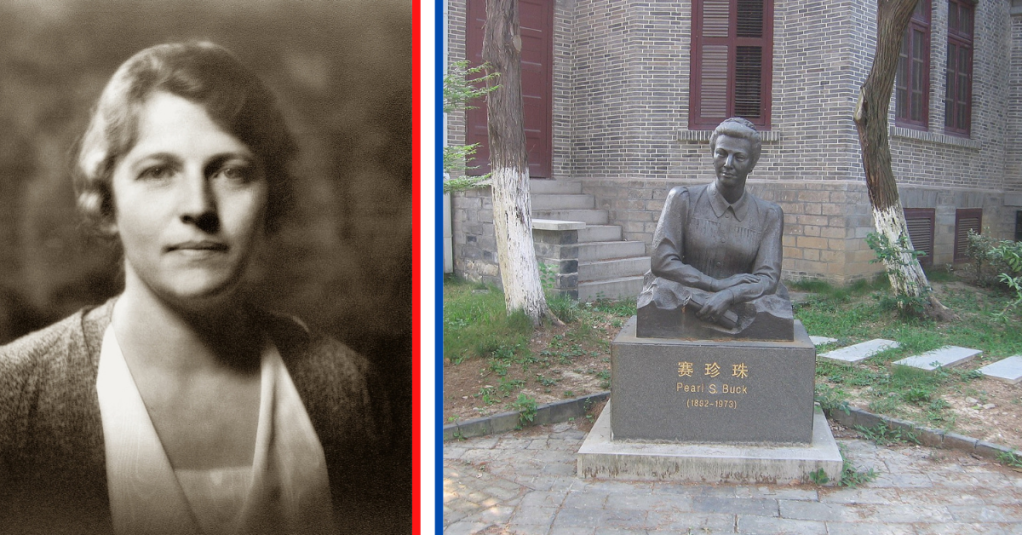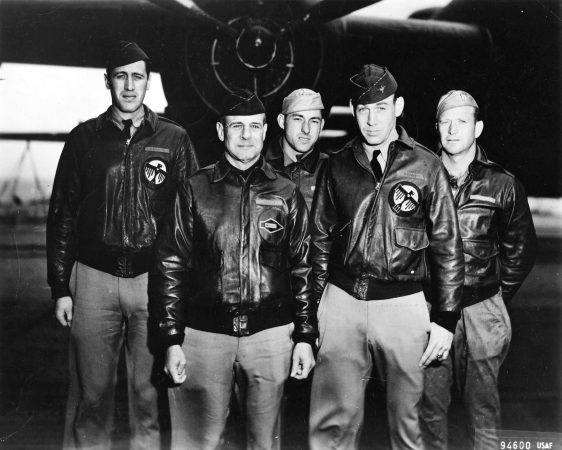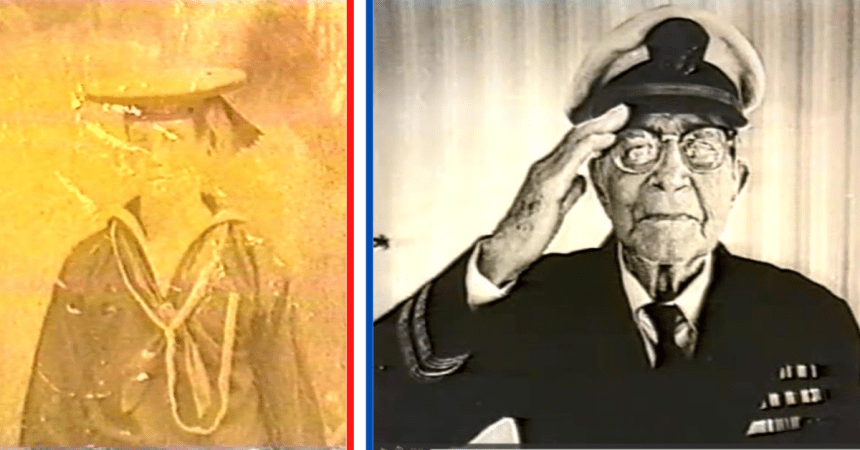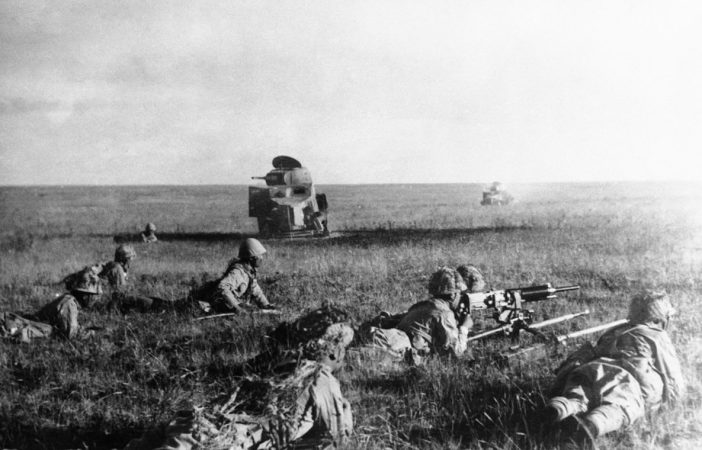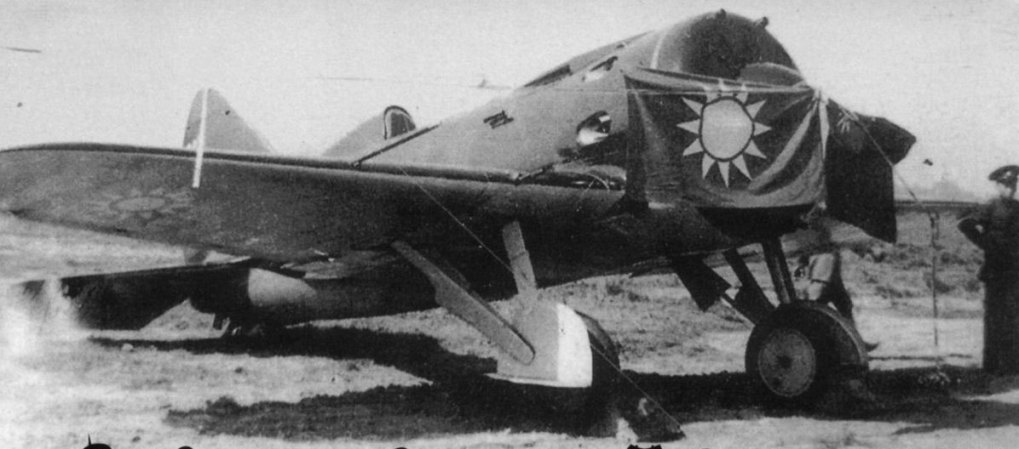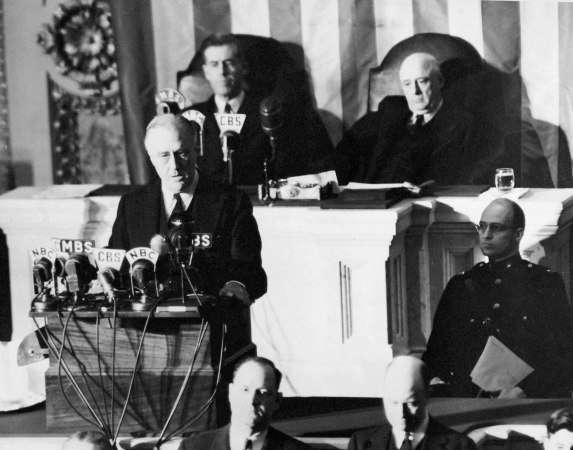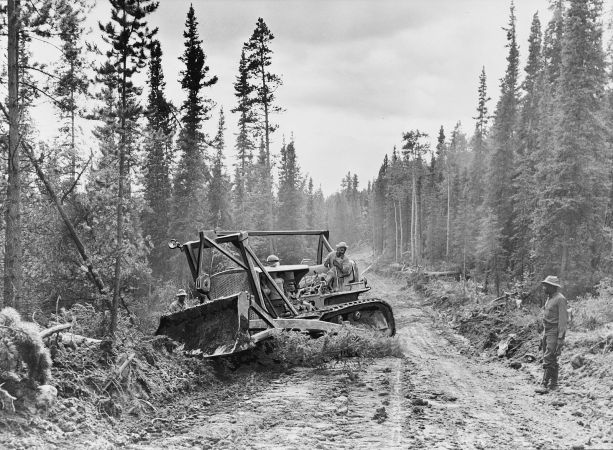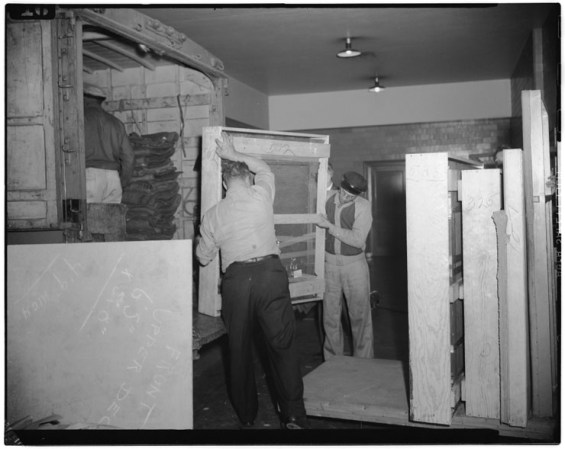In sharp contrast to today’s tense situation, when the Imperial Japanese Empire invaded China in 1931, Americans were overwhelmingly supportive of China, mainly due to the writing and works of Pearl S. Buck.
Pearl S. Buck spent most of her youth in China with her missionary parents. After a few short years in the United States to attend college, she returned to continue her family’s missionary work and teaching at Western colleges in China. In her spare time, she began writing, and her first novel, “East Wind: West Wind,” about an unconventional Chinese couple, was published in the U.S. in 1930.
Her second novel, “The Good Earth,” published in 1931, portrayed the harrowing struggles of Chinese peasants and their resilience in the face of adversity. It became a bestseller and won the Pulitzer Prize in 1932, making Buck a well-known advocate for understanding and supporting the Chinese people. The book later contributed to her winning the Nobel Prize for Literature and was made into a successful and now classic Hollywood movie. Also in 1931, when portions of China experienced devastating floods, Buck wrote a series of short stories describing the devastating impacts on the Chinese that were turned into U.S. radio broadcasts.

As the Japanese invasion spread and atrocities against the Chinese civilian population started coming to light, Buck became the most influential Western advocate for aiding Chinese resistance against the Japanese invaders. Her “humanizing” of Asians, in her writings, to a still ambivalent/ prejudiced Western society helped her in her campaign. She delivered speeches, wrote articles, and participated in rallies to highlight Japanese brutalities and gather support for China. Her prominence and celebrity as a writer and her firsthand experiences and knowledge of the Chinese people allowed her to provide a credible perspective on the growing Japanese occupation.
Buck’s influence on America defending China against the Japanese Empire was significant. The “neutral” U.S. began to aid China against Japan, much in the way it was helping Britain and the Soviet Union against Nazi Germany.
One example was the “Flying Tigers,” American military fighter pilots and technicians recruited to go to China as “private contractors” to provide air defense and the nucleolus of a modern air force. Other American aviators, most with military experience, had been involved in training the Chinese Air Force since the early 1930s. These pilots were in China as part of foreign aircraft sales by American manufacturers and were not officially authorized to engage in combat against the Japanese military. Nonetheless, most American pilots ensured their aircraft were always armed, and several American pilots died in dogfights with Japanese aircraft.
Other American military advisors began assisting the Chinese military, and a U.S. Marine force was present in the “international” city of Shanghai. Since 1897, the U.S. Navy had patrolled the Yangtse River, the largest river system in China and an important trade route extensively traveled by Western merchant ships.
By the late 1930s, Japanese military operations against Chinese forces increasingly endangered neutral Western citizens, mostly missionaries and businessmen and their families. Many, like Buck, had been involved with China for decades. As the Japanese offensive widened, foreign Western militaries became engaged in evacuating their citizens from contested areas.

U.S. tensions with Japan increased significantly in December 1937 when the U.S.S. Panay and two British gunboats, HMS Ladybird and Bee, were attacked by Japanese aircraft while evacuating Western diplomats and civilians from the besieged Chinese capital city of Nanjing. Despite the ships prominently displaying their nation’s flags, including for recognition from the air, they were bombed and strafed repeatedly. The Panay was sunk, and both British ships were damaged. Two U.S. newsreel cameramen, and several journalists, were aboard the ships, and a definitive film of the repeated aerial attacks survived the sinking. Later, the Japanese made a perfunctory apology for what were obviously deliberate attacks.
When France was defeated by Nazi Germany in 1940, Japan occupied France’s Indo-China colonies, prompting U.S. implementation of a trade embargo on oil and scrap metal sales to Japan. Cut off from oil and other raw materials needed to wage war, Japan’s military dictatorship determined war with America was inevitable and began planning the fateful attack on the strategic U.S. Navy base at Pearl Harbor, Hawaii, and other U.S. and European interests in Asia.
Buck continued her humanitarian work in China and Asia during the war and into the 1960s. She also warned about the powerful and aggressive Chinese communists, which eventually seized the mainland of China in 1949. As a testament to her humanitarian efforts in China, three separate locations associated with Buck are preserved as museums. She died in 1973; however, Pearl S. Buck International carries on her legacy of humanitarian aid and intercultural education.


